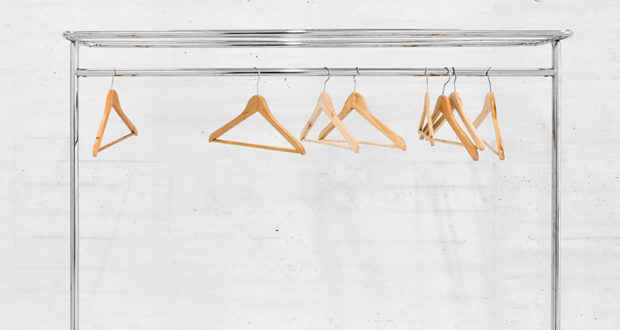When we are born, we are at our most vulnerable, relying on our parents to nurture and care for us until we are old enough to care for ourselves. As we get older, we once again need some form of assistance, support and care and we rely heavily on our senses to feel that level of security. Sound, smell and sight are our guides to safety and comfort.
In aged care, the importance of our surroundings cannot be overstated; the interiors, fittings, furniture, and staff uniforms are all invaluable elements of identifying a safe and comforting place.
Good design tells a story
Design is not just about making things look beautiful, nor is it simply about functionality. Well thought out design creates an experience, tells a story, and evokes feelings and emotions. Design in healthcare takes a nursing home or hospital from clinical and institutional to warm, homely and safe. It weaves itself through the colour of the walls, the texture of the fabrics used in furniture, and the style, colour and story of the uniforms.
Comfort for the wearer
A carer’s uniform is worn for 12 hours a day on average, has been through breakfast service, linen changes, shower time, medicine runs, and is the one familiar item residents look for when in need of care. Yet how much time is put into such an important item? The design? The colour? The fabric? How many facilities provide their carers the correct allocation of uniform to get them through a long working week?
Working long unconventional hours, carrying out manual and rigorous tasks as well as simply providing ongoing support, our carers are delivering critical care to those who need it most, and what they wear to work is not only significant but extremely symbolic.
There are many key sentiments that are projected when an employee wears their uniform each day: pride, culture, unification, recognition and reassurance. Being identifiable is vital not only to residents but also for visitors and other staff. There is an inherent respect in a uniform and a resident’s faith is endorsed.
Dress code is the most important and infallible way of ensuring all staff represent the facility, service levels and brand appropriately, but it must also bring members together to represent a team.
Comfort for those they care for
What we wear influences our attitude, energy, purpose and drive. Within the aged care industry, what is worn is not only important for the employees wearing the uniform, but also influences the perception derived from residents.
With elevated levels of stress and anxiety through COVID-19 for our most vulnerable and those who are caring for them, a uniform creates a level of confidence, purpose and calm to those in its presence. To the resident, a uniform evokes a sense of trust, as they know that they are working with an experienced, qualified individual who is easily identified when they’re needed simply through what they are wearing.
A uniform to our frontline workers, when executed generously and correctly, is a symbol of our gratitude and recognition for the tough job they have. A uniform provides a sense of security that they are dressed appropriately and comfortably in fit-for-purpose clothing that protects them and serves them through their shift.
The aged care industry deserves the best
Weaving the story of your facility and brand through the clothing your team members wear requires experience, and ensuring the uniforms are practical, modern and make people feel and look good takes knowledge and insight. A well thought out uniform can have dramatic and invaluable impact on morale and perception. During these times it’s even more important to have a range that considers both the staff that wear them and the residents who see them every day.
Pamela Jabbour is the founder and CEO of uniform designer and manufacturer Total Image Group.
Do you have an idea for a story?Email [email protected]
 Aged Care Insite Australia's number one aged care news source
Aged Care Insite Australia's number one aged care news source

